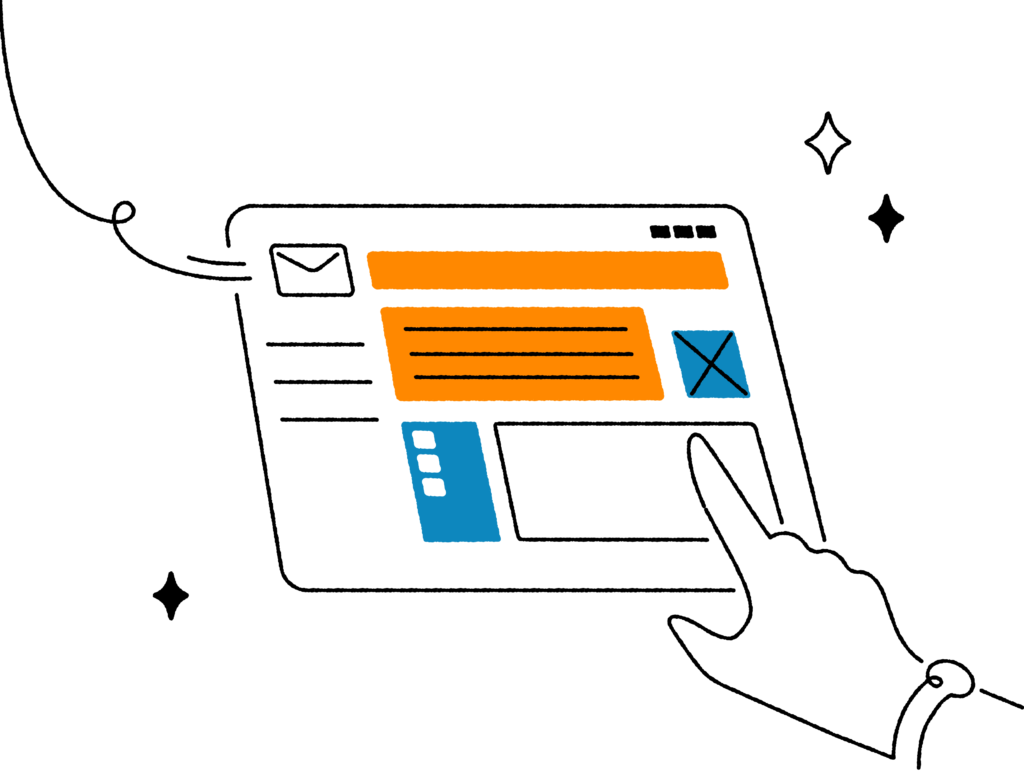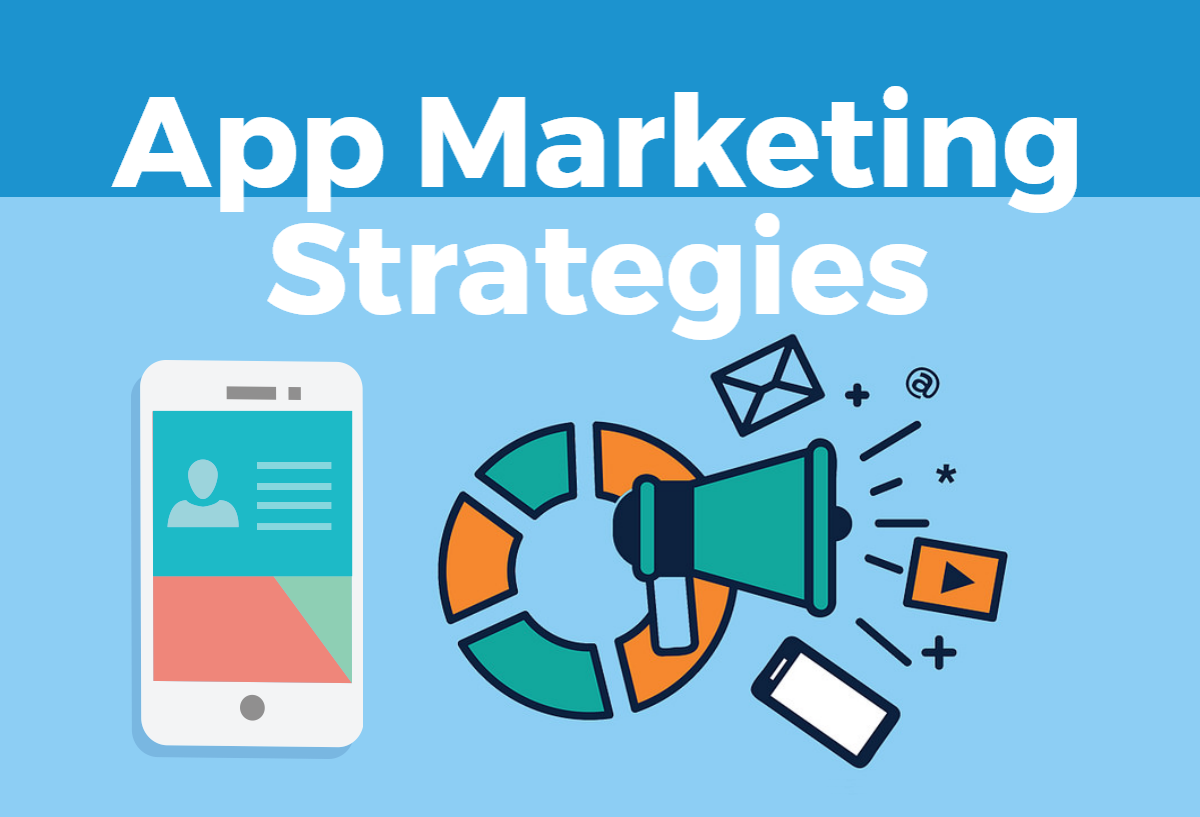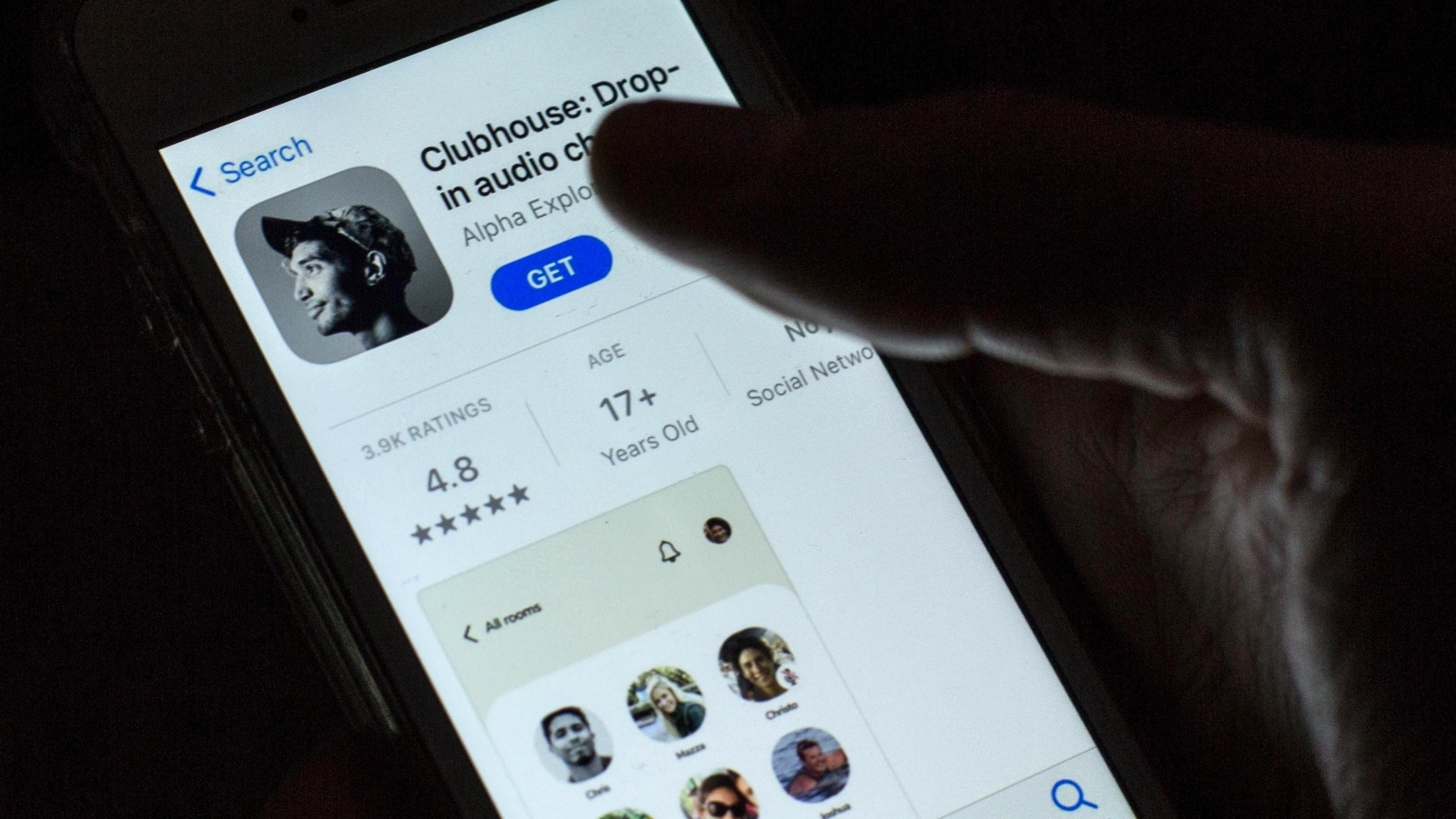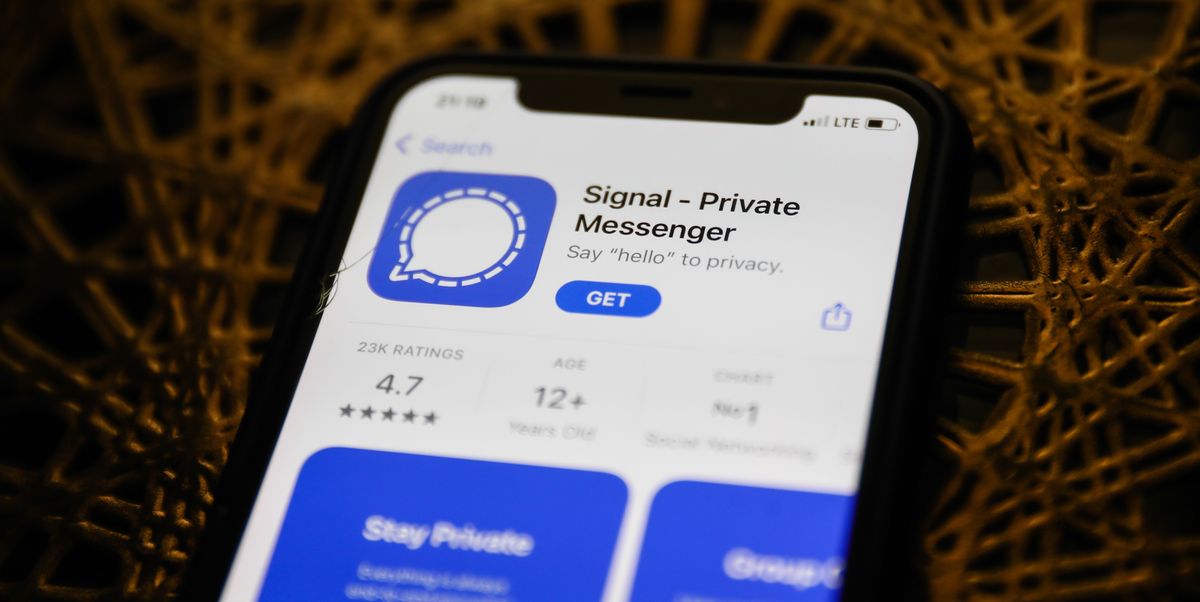
Gone are the days when advertising was considered the most prominent marketing channel to promote a brand. With rapid transformations in the digital landscape, having a strong mobile presence has become a necessity for businesses to thrive.
Mobile apps have emerged as an effective marketing solution. A mobile app not only helps automate business but also provides better customer service. With apps, brands do not have to struggle to establish themselves- they can foster a deep connection with netizens of all demographics and age groups, promote brand awareness and garner the right market visibility.
Studies show that more than 50% of customers who regularly use a branded app are more likely to buy from the company.
It is relatively easy to target a mass audience base with other marketing channels but targeting each individual based on their unique preferences is the need of the hour, and it has become all the more possible through mobile apps.
A branded app is a powerful approach to facilitate brand promotions in a persuasive way. By using a mobile app as a brand marketing channel, you can reap huge benefits. It keeps users engaged and you can enjoy higher conversion rates.
Why should Brands go online?

According to a report, smartphones account for 70% of the mobile time out of which 90% of smartphone time is spent on applications. Most people today have access to their phones wherever they go, which implies that you can reach your target audience almost anytime, anywhere through a mobile app. This doesn’t necessarily apphttps://appinventiv.com/blog/mobile-app-as-brand-marketing-channel/ly to other marketing channels, some of which are limited by the restricted availability of the devices that they depend on.
Brands have realised the potential of what a mobile application can do and that goes beyond simply selling a product or service. This discovery has opened up new marketing avenues. It provides businesses the opportunity to engage with their audience in new and creative ways and turn them into loyal customers.
Studies show that desktop internet usage is dropping and mobile internet usage is rising significantly. Although mobile websites get more visitors, visitors tend to spend
Mobile app industry is flourishing. It is estimated that by 2021, there will be roughly 7 billion mobile users worldwide. (Source) With the advent of disruptive technologies such as AI, AR VR companies are finding new ways to market their products. Artificial Intelligence allows mobile apps to store user data in order to recognise and preempt their preferences, needs and choices.
Mobile apps are a powerful marketing channel for brands. It helps companies connect with the audience, convey brand messages, keep users engaged and create customer loyalty in a crowded marketplace.
Today brands are using mobile apps to improve offline experiences for their customers and boost sales. According to a recent survey, 75 percent of customers engage more with loyalty programs that provide rewards in a mobile-friendly way.
So, if you are still not going mobile for marketing, it’s time you consider the many benefits a branded app has to offer.
Benefits of Mobile platforms as Marketing tools
There are a number of ways how mobile apps help businesses. They humanise companies, lead to better interactions between brands and customers, and increase loyalty and sales.
1. Enhancing Brand awareness and visibility

Businesses are often on the lookout for an effective platform through which they can market their brand. Apps enhance brand awareness and visibility and can strategically increase the customer base.
Once an application gets installed on a mobile device, users will come across the brand logo frequently, thereby enhancing visibility and awareness. The more often a user interacts with a brand’s app, the sooner they tend to buy their products and avail their services.
If you want to get users talking about your unique app, you must ensure that your app provides all the features that your target audience is looking for.
The app should be interactive and keep users coming for more. Afterall, it all boils down to effective frequency- the more people are introduced to an app and the more they interact with it, the more chances that they will actually buy.
2. Forming a connection with your Customers

Engagement is extremely crucial and a mobile app helps you form a deeper connection with your customers and prospects.
With declining attention spans, it has become significantly important to curate compelling personalised content and keep your users coming back for more.
An effective way to engage your users is to frequently offer them fresh Personalised Content. Users are interested in content that is relatable and piques their interest. In this rapidly changing environment, user preferences keep on changing and to establish yourself in the market you need to keep up with them.
Regardless of the type of application, a brand must invest in personalized in-app content. One way to ensure that happens is to create and study customer personas to better understand what type of content works best for your audience.
Another effective strategy is Push Notifications. Push notifications have the power to capture user attention and make them check out what’s new in your app. They encourage customers to use your app. The key with push notifications is to make them compelling. A push notification must be of some value to the end user no matter if it’s a copy, a promotion or some perk. Don’t overdo the notifications or it may irritate the users.
3. Collecting Data about Customers

A good marketing strategy revolves around analysing customer behaviour. If your app solves a pain point for the user, they are likely to share their data with you.
You can use mobile app as a brand marketing channel to monitor users, their personal shopping behaviors, engagement levels, browsing habits, locations, mobile app usage, favorite hours and much more.
This way you can collect valuable user insights, analyse through the data, understand the needs of the customer and improve your product quickly.
You can collect user data in the following ways:
- Onboarding: You can have a basic questionnaire during registration which includes pertinent information about age, preferences, habits and more.
- By offering Bonuses: It is an ideal approach to swap discounts, bonuses or special offers as a reward for completing small questionnaires.
- In- app Behaviour: Marketers can always keep track of the marketing process in a closed loop by monitoring and analysing user’s in-app behaviour. For brands it has become relatively easy to collect user data based on purchases and reviews of the product.
This way you can evaluate the data and change your brand development strategy based on user feedback.
The Starbucks mobile app widely uses this opportunity and monitors in-app user behaviour. As of April 2019, Starbucks claims 16.8 million active loyalty program members. It all became possible by analysing user data, looking for new avenues and rolling out strategic data-driven initiatives to target users.
It is essential to have a review/ feedback section. Allow your users to tell you what exactly they want from your app. Iterating and improving the product the way your target audience wants it reaps excellent rewards.
4. Increasing Customer Loyalty

Rewarding frequent customers is a great marketing strategy. Getting customer loyalty has become a challenge for a number of brands. A mobile app is the right tool to increase your customer loyalty.
When you reward frequent customers, it encourages them to buy more and they are more likely to share your brand with their fellow friends. This strategy can be easily implemented using push notifications or via in-app messages. Loyalty rewards help in establishing a strong connection and turns users into loyal customers.
5. Scaling up your target Audience

The Internet is not just breaking boundaries but making things that were impossible a decade ago happen in real-time. Mobile apps enhance the user base, not just in their country of origin but also across the world.
Through geo-targeted push notifications, localisation and location based brands can send specific messages to their target user audience. Location based call to action via region or location mapping feel more personalised to the user, grow the target audience and can drive more sales.
6. Increasing Sales Ratio

Applications enhance customer experience by making the buying process simpler, convenient and intuitive, thereby resulting in the increase in sales ratio.
But an app doesn’t have to necessarily offer purchases to boost sales, it can do so by offering loyalty programs and additional services.
Domino’s faced a serious sales issue back in the mid-2000s. With the wave of digitalisation, Domino’s decided to go mobile. Besides making significant improvements in the quality of their product, Domino’s created a branded mobile app that was extremely responsive and rendered a delightful experience.
It resulted in the app’s contribution to half of the company’s online sales in 2015.
When Domino’s started facing issues with retaining their customers and witnessed a rise in the bounce rate, they came to us. We worked on their UX, refined their UX Strategy and brought a steep rise in their conversion rate by 23% and significantly increased their session time.
7. Social Network Marketing through apps

Mobile connectivity has become essentially important and the ability to synchronise it with social networks provides businesses a higher chance to disperse the content and make it go viral. Mobile apps allow users to easily share the brand’s content across all social networks.
For instance, PUMA’s empowering Propah Lady campaign created a ripple effect on the social media and gained a huge amount of followers and brand customers.
Common Mistakes to avoid when making a mobile app for Brands
The advantages of a mobile app for business are endless. Sure, you can create a unique app and get users to download it but it doesn’t necessarily guarantee that the user will return to your app.
According to Statista, 25 percent apps downloaded by mobile app users worldwide are only accessed once after download.
So, how do you ensure that users keep coming back to your app for more?
The underlying reason why most users abandon a branded app is either poor UX or it focuses more on novelty value and lacks functionality. So, here are some common mistakes that you should avoid when creating an app and to establish it as an effective brand marketing channel.
1. The app doesn’t provide any value to the user
Every app operates on a pain point and it is designed to solve a specific user problem. This holds true for branded apps as well. If your app is a means to place advertisements on your customers’ mobiles, you are doing it wrong.
A branded app should solve user problems in one manner or another. It is only when you create a useful product that provides some value on an ongoing basis, that users will keep coming back to the app. The ideal approach is to know your target audience, study their needs and determine what they expect from your app.
2. The app lacks special offers

The idea behind a branded app is to create awareness and enhance customer loyalty. If a branded app doesn’t offer discounts, special offers and other app usage benefits, customers will most likely abandon the application.
3. The app is difficult to use
The simplest way to identify a good app is how convenient and intuitive it is for the customers. If the app is complicated to use regardless of the functionality it offers, it won’t appeal to a mass audience.
4. The app lacks updates
It is essential to keep up with the rapid shifts in technology and implement the same into your app. If you change your marketing strategy, website design or provide better branding, you must ensure that you have enough resources to make the same updates on your app.
5. The app doesn’t move beyond the desktop experience

If you consider an app as a smaller version of the website with the same features, you aren’t leveraging the app as a right marketing channel. A branded app is more than a novelty value and must provide important features and information.
6. The app doesn’t provide a personalised touch

Today a wide variety of content is available on the Internet and with ever decreasing attention spans, it has become significantly important to provide a personalised touch with your application.
Through a branded app you can target each individual based on their unique preferences and get closer to your customers. By sending personalised push notifications you can retain your users and turn them into loyal customers.
How to establish a Mobile App Marketing Strategy?
Having an app marketing plan is extremely crucial when creating a branded mobile app. So, dig deep and understand what your business needs. There are many types of mobile apps but the crucial factors that come into play when creating a branded app are as follows:
Acquisition: You must ensure that when a user onboards and shares their personal information on your app, they come across a variety of useful mobile features that add some value to their life.
Engagement: Your app should be able to capture user attention, engage customers with the brand and keep them coming for more.
Conversion: Besides engaging customers, your app should focus on driving users to conversion.
Next thing that you need to figure out is the product pricing strategy. Product pricing strategy or mobile app monetization plays an instrumental role in getting your app the initial traction and visibility in the app store. The app pricing model determines the success of your product in terms of the number of downloads and user retention in the long run. It is essential to take into account the cost and value, run a competitor audit, gauge the estimated demand and analyse the cost of user acquisition before opting for a pricing model.

Here’s our Insight on how to choose the right pricing strategy for your mobile app project
Making a branded app is one thing but you also need to understand that the mobile app ecosystem is a challenging environment.
It is a given that regardless of how well crafted your application is, it will not get its spot under the sun until it is marketed right and there is a buzz around it much before it hits the stores and users’ devices.
So, how to promote your brand with mobile apps?
Well, here’s a definitive mobile app promotion guide that will help your market your brand
A Brand Marketing Channel for the world’s largest Furniture retailer IKEA
The lack of mobile app as a brand marketing channel is often felt by startups and established enterprises.
For IKEA, we developed an impeccable solution that helps walk-in customers go through the products catalogue. With a simple and comprehensible user interface, the application displays the products straight from the inventory, eliminating the chances of disharmony between the customer demand and the product supply.
Moreover, it offers customers access to product discounts and offers all in one place.
We solved the problem that IKEA was facing, and with our effective solution customers got a catalogue that displayed all the store offers and discounts in one place and retailers got the contact information of hundreds of store customers for sending them marketing collaterals.
Conclusion
A mobile app is considered a brand’s own marketing platform. It establishes a direct marketing channel and allows marketers to reach a wide range of users around the world. If you are still not leveraging mobile apps as your brands marketing channel, you are certainly lagging behind. It is time you explore the new marketing avenues and jump on the wagon.








